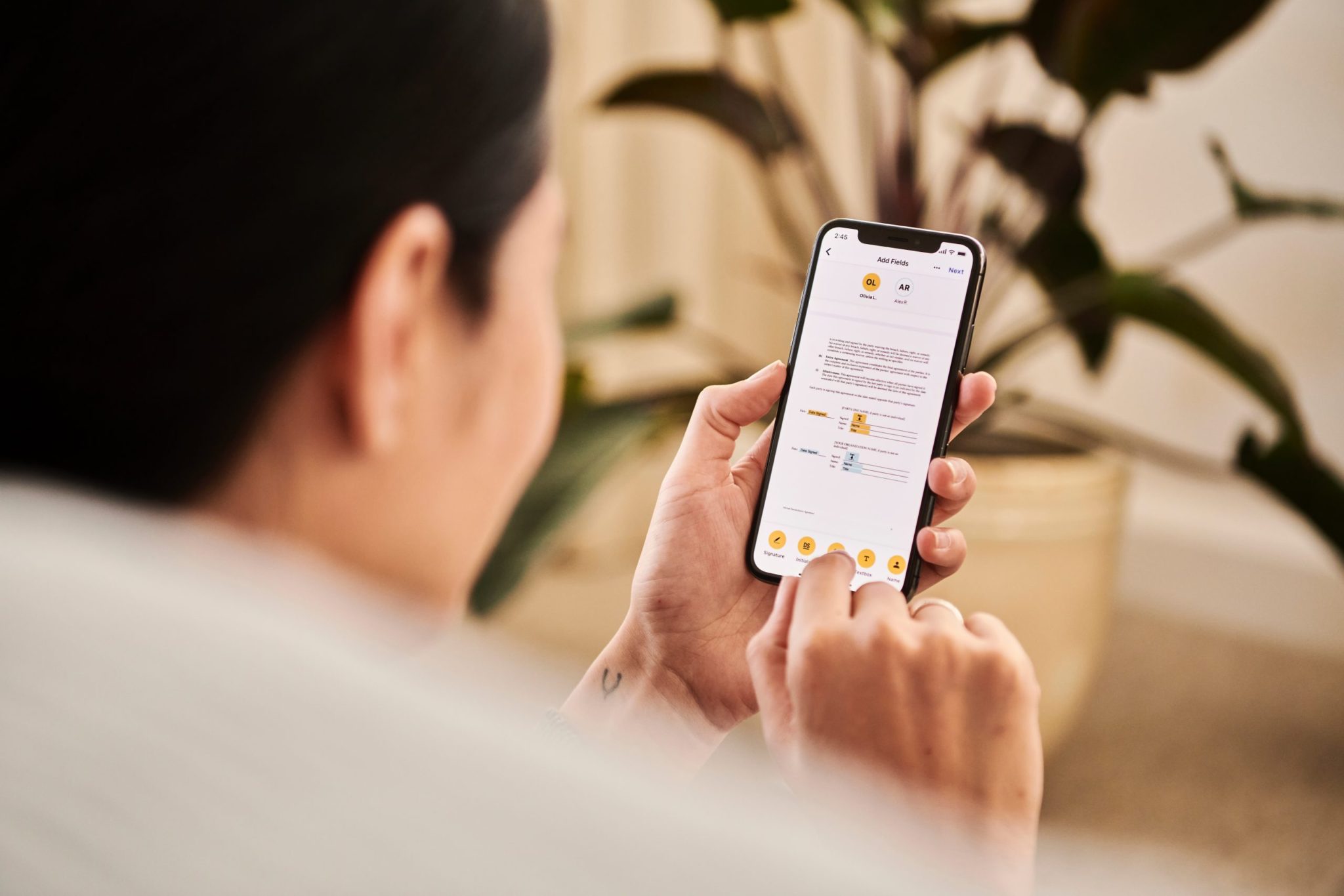- Some video conferencing users are complaining of exhaustion after continual online meetings.
- Alongside Skype, Houseparty and Microsoft Teams, virtual meetings platform Zoom has boomed during the pandemic, growing from 10 million daily meeting participants in December to more than 200 million in March.
- Psychologists say “video call fatigue” could be due to factors including excessive self-awareness and over-scheduling.
Video conferencing software has been a runaway success during the coronavirus pandemic, topping download charts, becoming the lynchpin of business communication, and being hailed as the defining technology of the lockdown.
Have you read?
- The video apps we’re downloading amid the coronavirus pandemic
- A professor of happiness explains how to deal with COVID-19
- G20 leaders will convene by video conference to discuss coronavirus
But a new phenomenon is emerging alongside this rise – “video call fatigue”.
It describes the feeling of being worn out by endless virtual meetings, chats and quizzes, borne witness to by widespread complaints on social media. And academics say the reasons behind it include having to perform for the camera and missing real people.
But wellness experts say video chats can have great benefits, too, helping people stay connected in isolation.

Mental overload
So why are some people finding video conferencing so tiring?
Psychologist Dr Linda Kaye from the UK’s Edge Hill University says in large part it is because we see ourselves on screen, and naturally want to present a good image to friends and colleagues.
“It’s likely that this is enhancing our self-awareness to a greater level than usual, and therefore resulting in us making additional self-presentational efforts than in face-to-face interactions in the real world,” she explains.
“And then, of course, it could simply be a volume issue. We may be over-scheduling ourselves simply based on the fact we have more time available.”
Gianpiero Petriglieri, an expert on workplace learning at INSEAD business school, tells the BBC that another key factor is the extra effort needed to process non-verbal cues such as body language.
“Our minds are together when our bodies feel we’re not. That dissonance, which causes people to have conflicting feelings, is exhausting. You cannot relax into the conversation naturally.”
What is the World Economic Forum doing about the coronavirus outbreak?
Ill at ease
Another factor explored by researchers at University College London is gaze duration. While people are happy to stare at people they feel comfortable with for longer periods, gazes of more than 3 seconds can feel uncomfortable in less relaxed situations.
The BBC cites a German study published in the International Journal of Human-Computer Studies that finds speech transmission delays of little over a second can cause participants to perceive those on the video call as “less attentive, extraverted and conscientious”.
There is also the problem, Gianpiero Petriglieri explains, of “self-complexity”. In simple terms, human beings like variety, but now many aspects of our lives are coming together in one place – video calls.

The bigger picture
The growing frustration with video conferencing may also be related to the wider well-being challenge the lockdown is posing.
A recent survey by US pollster Gallup found almost 60% of Americans feel worried – up 20% on last summer – while 45% told the Kaiser Family Foundation the coronavirus crisis was harming their mental health.
The good news is there are plenty of ways to reduce video chat fatigue.
Some, suggested by the Harvard Business Review, include:
- Build in breaks
- Keep meetings shorter
- Reduce on-screen stimuli – try hiding yourself from view.
- Don’t feel you have to attend virtual social gatherings with colleagues.
- Switch to a phone call or email if appropriate.
The benefits of face-to-face
But many are singing the praises of video chats.
Yale Professor Laurie Santos – whose popular lessons on wellness have made her an influential voice on mental health issues during the pandemic – says face-to-face communication can help with lockdown isolation.
“The research suggests that the act of hanging out with folks in real time – in other words, things like Zoom or FaceTime – can be a really powerful way to connect with people.
“You see their facial expressions, hear the emotion in their voice, you’re really able to connect with them.”
From https://www.weforum.org/agenda/2020/05/zoom-fatigue-video-conferencing-coronavirus














